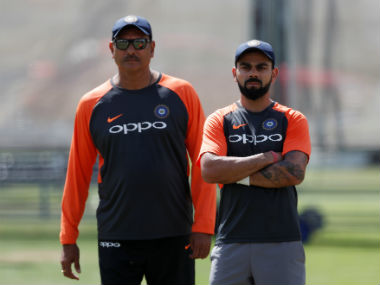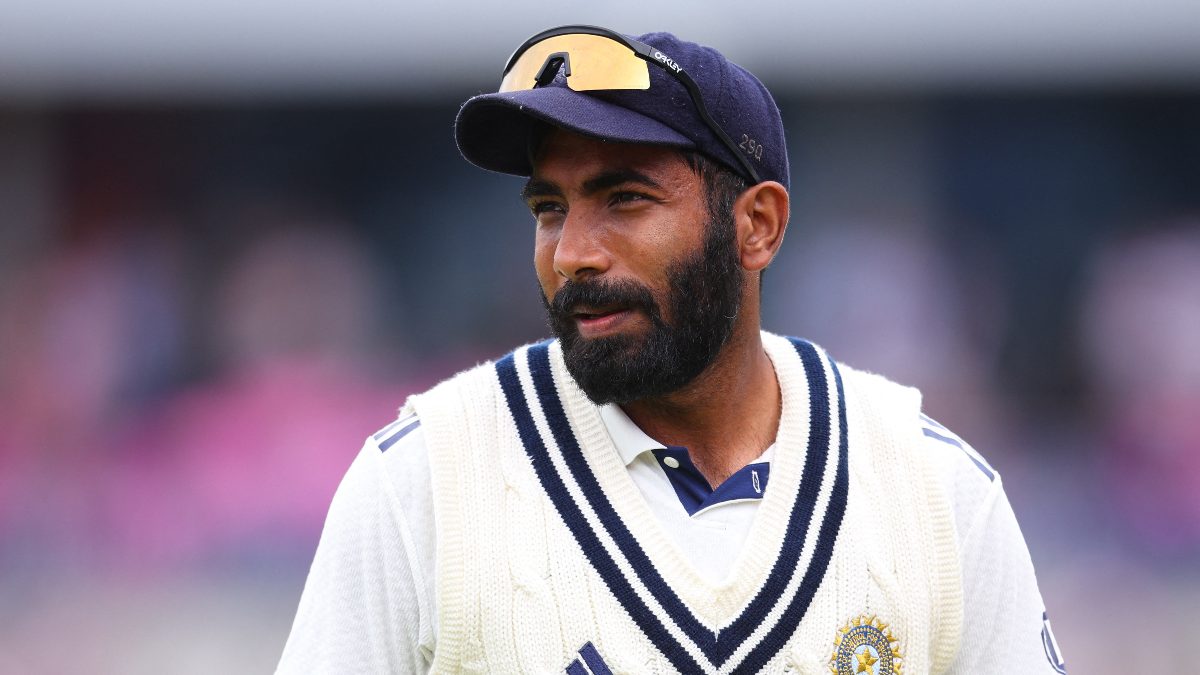To understand coach Ravi Shastri and captain Virat Kohli’s relationship, their working dynamics and its impact on the team, one has to first revisit the reasons behind Anil Kumble’s ouster as the Indian cricket coach. Kumble, among the finest spin bowlers to grace the game, was forced out because Kohli found him too intrusive and protested to the Indian board. Kumble had replaced Shastri as the coach much against the wishes of Kohli who, reports suggest, resented the former spinner’s hands-on attitude. Kumble had his own blueprint for the team that entailed a more disciplined and holistic approach, which Kohli saw as restricting his sphere of influence. [caption id=“attachment_5260781” align=“alignnone” width=“825”]  Ravi Shastri, unlike Anil Kumble, had in his first stint already developed a healthy working relationship with Virat Kohli. Reuters[/caption] For instance, Kumble questioned Kohli’s contentious decision to drop Cheteshwar Pujara, saying he was an important member of the team and his slow scoring in no way hampered India’s progress. This, and possibly other niggles, reached a flash point. Finally, the captain prevailed. Shastri was back and Kumble got dumped. Kohli, the larger-than-life figure who has dominated world cricket with his phenomenal run-making and near-perfect batting skills, was now the unquestionable master of his team’s destiny. Shastri, unlike Kumble, had in his first stint already developed a healthy working relationship with the captain. Given the stature and clout Kohli enjoys, Shastri is the perfect second man, letting the captain hog the limelight, and control the team according to his preferences. It is a flawless arrangement — both the captain and coach in a harmonious relationship, enjoying each other’s trust and not intruding into each other’s territories. As long as results came, no questions were asked. But, defeats in England changed that. A few questionable selections, with Pujara being at the heart of it again, and some tactical errors exposed the vulnerable side of Kohli. Shastri was now suddenly being accused of playing along with Kohli, not showing him the mirror and failing to provide tactical inputs that would have helped the captain tide over a crisis. In the backdrop of the Kumble saga and his unceremonious exit, Shastri may be playing safe — any coach would put his own position in peril by differing with his captain, knowing fully well that in a cricket team there can be only one boss. Shastri himself is a man of many worlds and many words. He speaks in clichés, lacing them with hyperbole that can be amusing if not taken seriously. His comment that this Indian team, of which he is the coach and contracted to guide till the 2019 World Cup, is the best in the last 15 years, had his critics up in arms. Even after the Indian team lost the Test series to England with an embarrassing scoreline of 1-4, Kohli tried to defend his coach in a press conference where he was asked if he agreed his team was the best ever. More than agreeing with his coach, it was the brusque manner in which Kohli dismissed the reporter’s genuine query that riled. Regardless of what the outside world may think of India’s performance, the team seems to live in a bubble, believing in the halo of “greatness” they have created around themselves. Since they are still the number one team in the world, their shoddy performance on the field may have little bearing on how they judge themselves. From Kohli and Shastri’s reaction, it would seem they still feel that the cricketing world is at their feet and they are doing a wonderful job and on course to be the greatest ever, if not already there. There is little doubt that Kohli is the most outstanding batsman of our times and could possibly be among the greatest ever. Each time he goes in to bat, he outstrips himself, but that does not make his team great as well. There are flaws in the best — in some of a tactical nature and in others of batting technique and its grammar. Kohli passes the second with flying colours, but fails the first, where he has a lot to learn. This Indian team, howsoever talented, and there is no doubt it has the potential to pluck the stars, has performed disappointingly in England. It is a bit troubling that instead of acknowledging their mistakes, Kohli and Shastri continue to live in a bubble. Is this posturing for public consumption or do the coach and captain seriously believe there is nothing wrong with a team that failed to capitalise on many wonderful opportunities that may have changed the course of the series? Is there no one to show the mirror to the captain so that a course correction can be done for better results? Is Shastri capable of guiding his untamed skipper? Is he the right man to make Kohli realise that being a dominating figure on the field may be good but being domineering off it could be disastrous?
That brings us to the all-important question — is Shastri the right man to be the coach of this team? At 6 feet 3 inches, Shastri is a towering personality. He speaks with the conviction of a man who owns the world and his persona that oozes self-assurance, and confidence can be intimidating.
When he played for India in the 1980s and 1990s, his achievements were modest, limited to occasional bursts of stodgy displays that fetched him a batting average in the middle thirties and an unhealthy bowling average touching the forties. Unlike his colourful, flamboyant image, in his playing days and even now, his cricket was built on the virtues of patience and a batting discipline that laid greater premium on defence than overt aggression. Despite these limitations, he seems to have acquired a legendary status in Indian cricket for many reasons. Though he led India in only one match, there are a large number of players who swear that he could have been the best-ever captain who never was. Even when he was commentating on television, he was sought by the Indian captain many times for help with tactical inputs. His “tracer bullet” commentary may have had many detractors but his tactical nous has many admirers. As a player, he was happy playing second fiddle. He may have hit six sixes in an over in a First-Class game, but he is known for his excessive defence and for relying too much on playing risk-free cricket. It is this aspect of his personality, where his survival instinct overrides his adventurous, extrovert nature, which is now in debate. As India enters the final leg of its World Cup preparations, there is no question of thinking of a change. This Indian team is a very strong one-day side and will be one of the favourites to lift the cup. However, that should not prevent us from raising the larger issue: Is Shastri the right man to guide the explosive Kohli, or do we need someone like Kumble to make Kohli a more wholesome leader.


)

)
)
)
)
)
)
)
)



